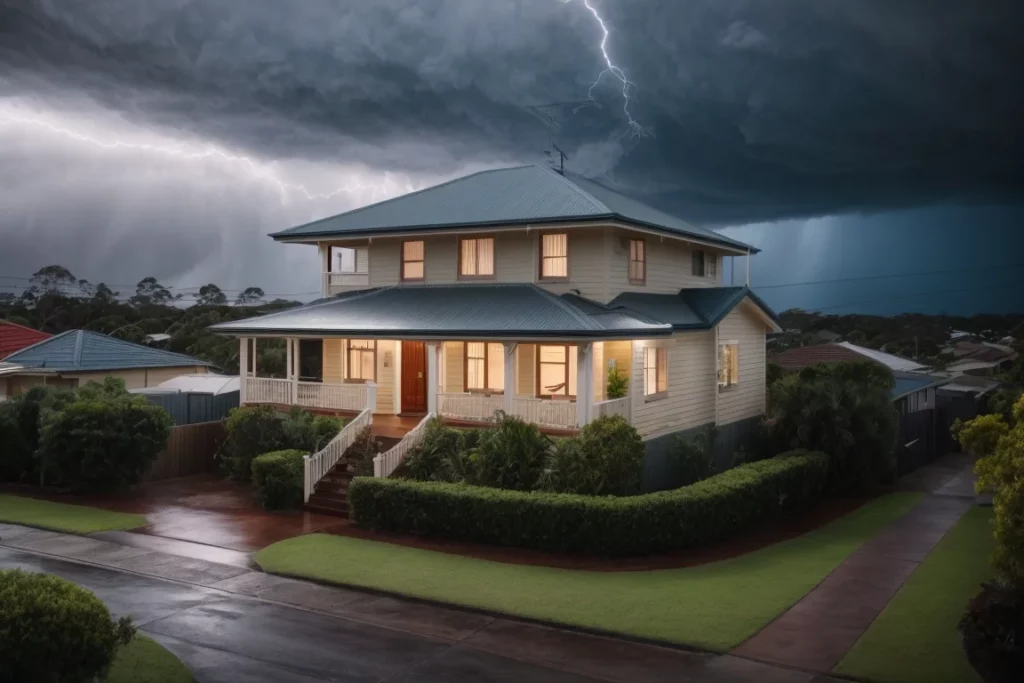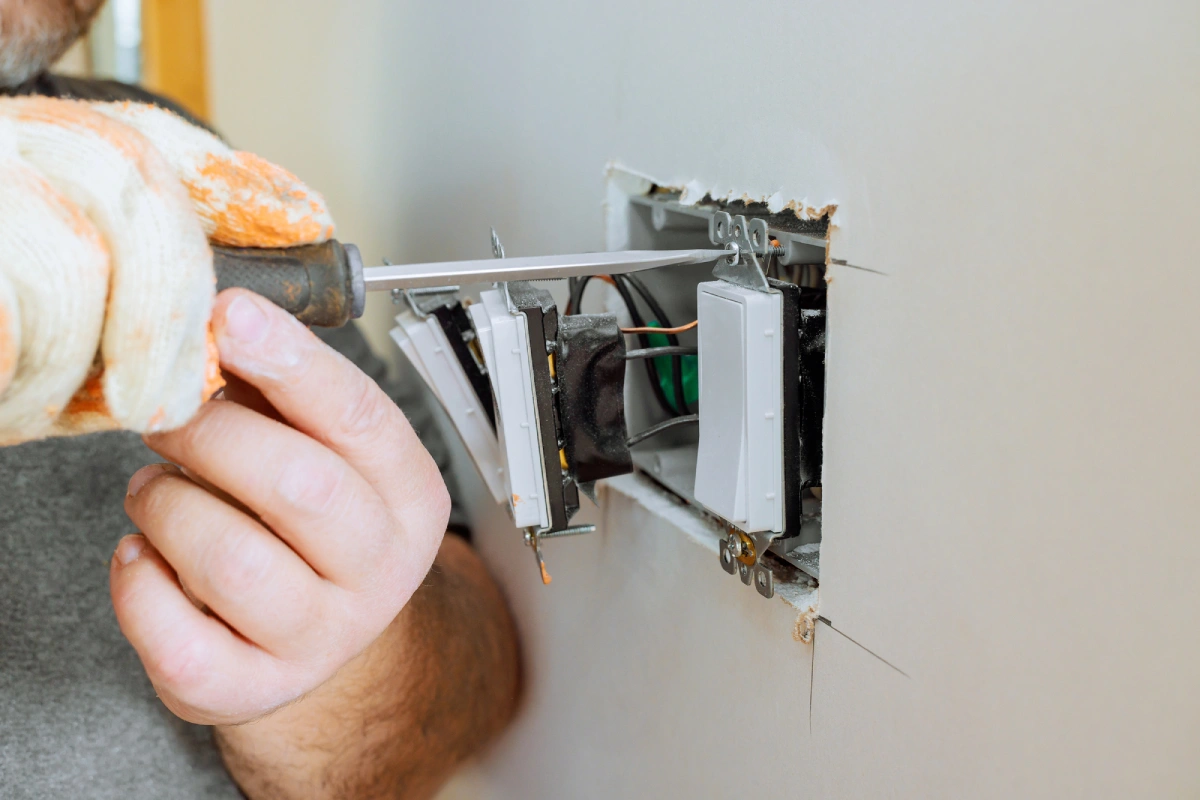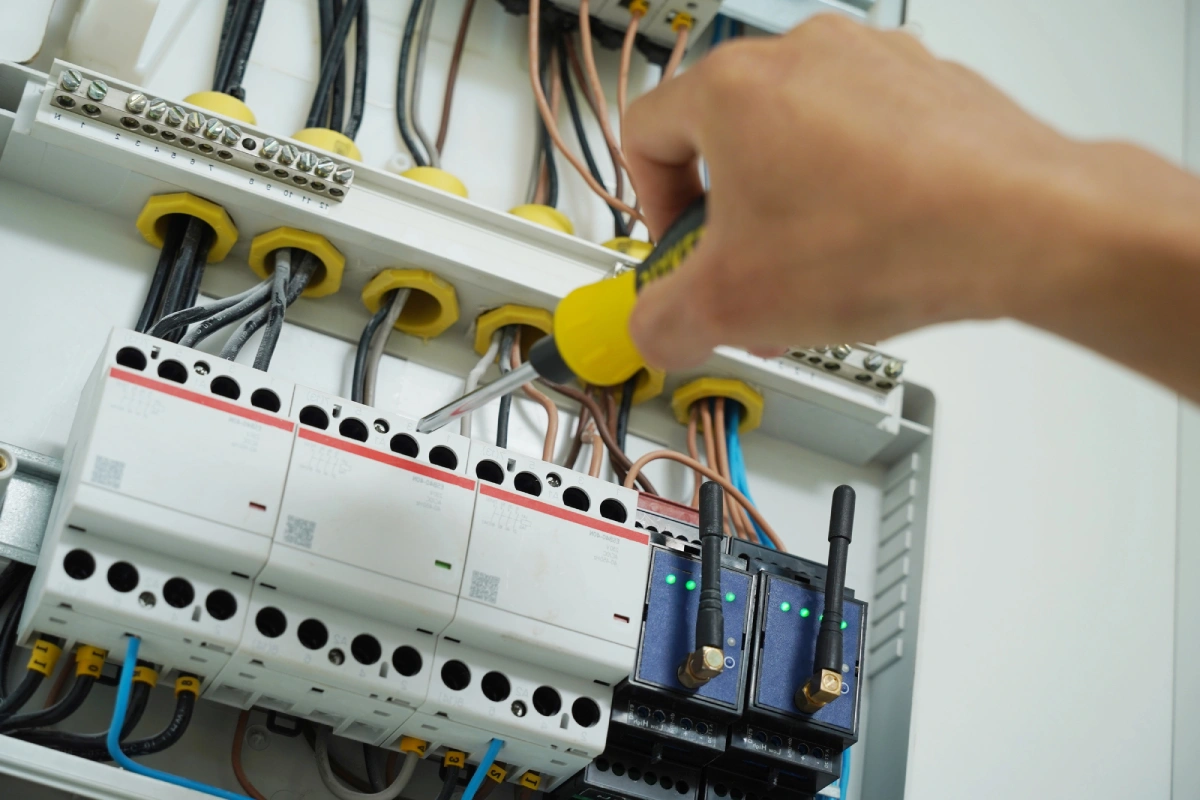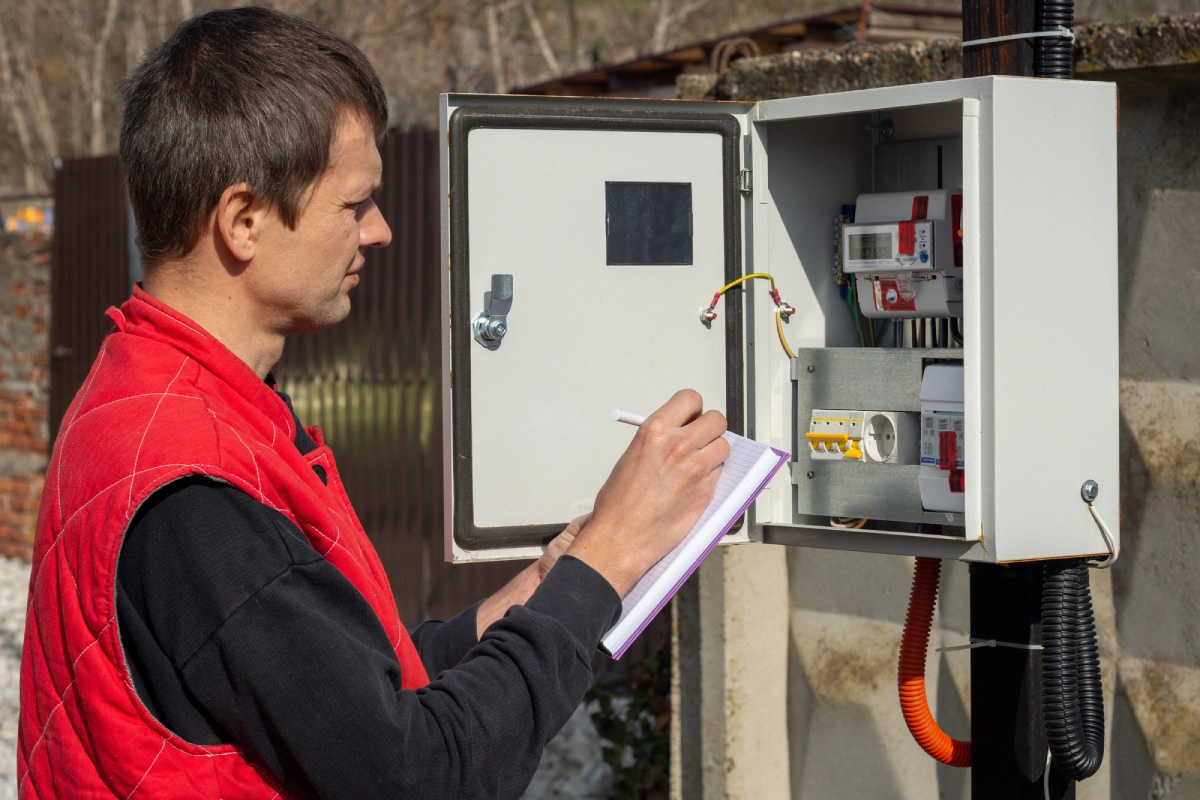A Comprehensive Guide to Storm Preparation for Your Home in South East Queensland
In South East Queensland, we're well-acquainted with our region's unpredictable weather, especially during the storm season. As an experienced electrician, I recognise the significance of being adequately prepared for storms. This guide offers detailed steps to ensure your home's safety and readiness.
Understanding South East Queensland’s Weather
South East Queensland experiences a subtropical climate, characterised by hot, humid summers and a high frequency of thunderstorms. Staying informed about weather patterns and storm forecasts is crucial. The Bureau of Meteorology provides invaluable insights into local weather conditions, helping you stay a step ahead in your preparations.
Electrical Safety Measures
- Surge Protection: Lightning strikes during storms often cause power surges. Installing surge protectors is essential to protect your electronics and appliances from these sudden spikes in electricity.
- Safety Switches: Also known as Residual Current Devices (RCDs), safety switches are critical in preventing electrical accidents. They detect electricity leakages and automatically cut off the power, significantly reducing the risk of electric shocks.
- Generator Transfer Switches: An automatic or manual transfer switch can see your generator power your home if the grid loses electricity. See our comprehensive guide on Generator Transfer Switches here.
- Regular Electrical Maintenance: Ensuring your home’s electrical systems are regularly inspected by a licensed electrician is key. This includes checking for compliance with the Australian Standards (AS/NZS 3000), which you can learn more about on the Standards Australia website.
General Home Preparations
- Gutter and Downpipe Maintenance: Cleaning gutters and downpipes of leaves and debris is vital to prevent water overflow during heavy rains.
- Securing Outdoor Items: Secure or store garden furniture, tools, and other loose items. In high winds, these can become dangerous projectiles.
- Roof Inspections: Conduct regular checks on your roof to ensure there are no loose tiles or corroded sheets. A well-maintained roof is essential for withstanding severe weather.
- Tree Maintenance: Regularly trim overhanging branches and remove unstable trees to minimise the risk of them falling onto your property.
- Emergency Kit Preparation: Prepare an emergency kit with essentials like a torch, spare batteries, a first-aid kit, non-perishable food, water, and important documents. This kit is indispensable in case of power outages or emergency evacuations.
During the Storm
- Indoor Safety: Stay indoors and away from windows to avoid injury from flying debris or broken glass.
- Unplugging Appliances: Disconnect non-essential electrical appliances to protect them from power surges.
- Staying Informed: Keep a battery-powered radio at hand to receive ongoing weather updates.
Post-Storm Actions
- Damage Assessment: After the storm, check your property for any damage, paying special attention to the electrical system.
- Hazard Reporting: Immediately report any electrical hazards, such as fallen power lines, to your electricity provider. Avoid approaching fallen power lines under any circumstances.
- Professional Assistance: If you suspect damage to your electrical system, arrange for an inspection and necessary repairs by a licensed electrician.
Conclusion
Preparing for storms in South East Queensland is vital for ensuring your safety and protecting your property. At Uncommon Electricians, we’re dedicated to helping you prepare for and recover from storms. For any electrical safety assistance or advice, don’t hesitate to contact us. Your safety is our highest priority.
Stay safe and prepared,
Corey, Uncommon Electricians.



